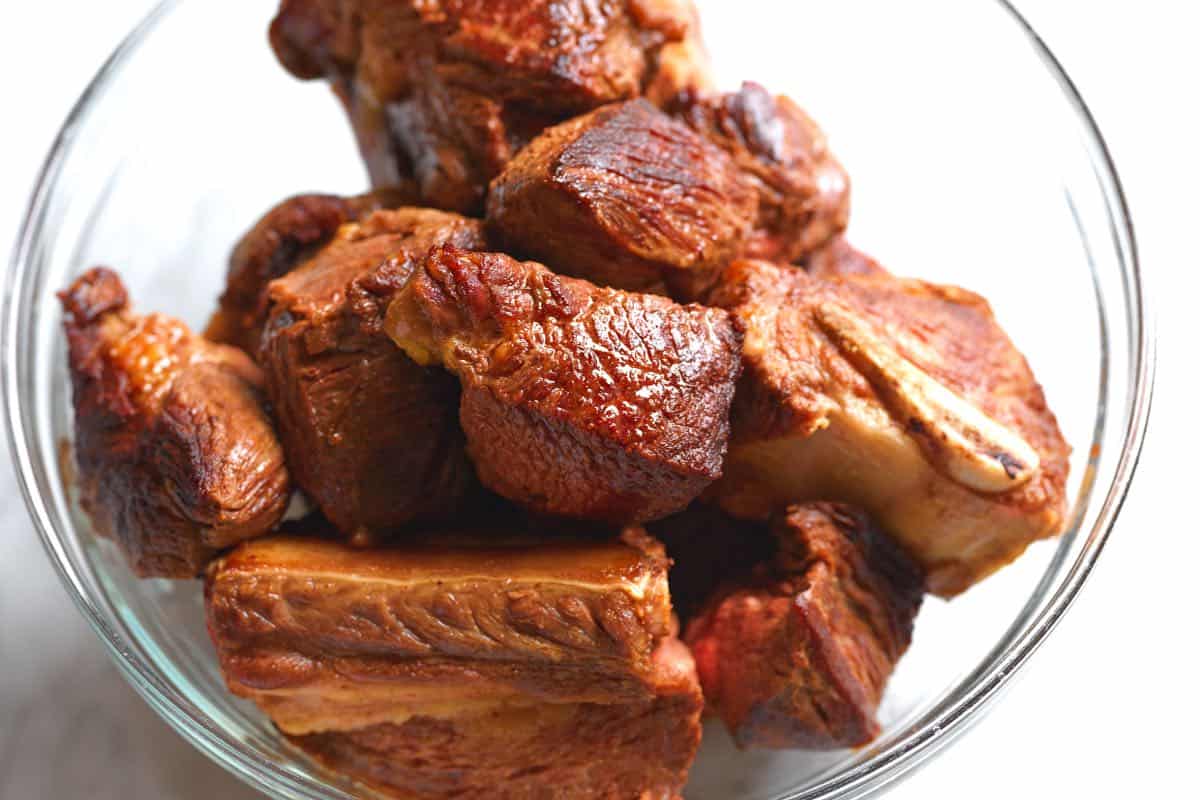From Farm to Table: Fresh and Costs Meat Choices
The journey of meat from farm to table envelops a complicated interplay of high quality, principles, and sustainability. This shift not just enhances the dietary account of meat but additionally supports neighborhood economic climates.
Recognizing Meat Sourcing
As consumers come to be progressively mindful of the origins of their food, recognizing meat sourcing has actually gotten extremely important value. Meat sourcing involves tracing the trip of meat from farm to table, including numerous factors such as farming methods, pet welfare, and environmental influence. This recognition empowers customers to make enlightened choices that line up with their worths, particularly relating to sustainability and moral considerations.
The sourcing of meat can vary dramatically based on several criteria, consisting of the kind of livestock, farming methods, and geographical place. For circumstances, grass-fed beef frequently comes from pasture-based systems that advertise animal well-being and reduce environmental destruction. On the other hand, standard meat might entail extensive farming techniques that raise concerns concerning antibiotic use and habitat damage.
Understanding the particular ranch or region where the meat stems assists customers guarantee top quality and safety. Eventually, understanding meat sourcing not only improves customer option yet also cultivates responsible consumption and sustains honest farming methods.
Benefits of Fresh Meat
Selecting fresh meat provides countless advantages that extend beyond taste and structure. Fresh meat generally maintains greater dietary value compared to its frozen or refined equivalents. It is commonly richer in crucial minerals and vitamins, such as B vitamins, iron, and zinc, which are important for maintaining total health.
In addition, the sourcing of fresh meat typically involves shorter supply chains, reducing the time in between ranch and table. This indicates that the meat is much less most likely to lose its dietary integrity throughout transportation and storage. In addition, consumers can experience improved preference and juiciness, which can raise cooking experiences.
Fresh meat also supplies a chance for customers to sustain regional farmers and promote sustainable agricultural practices. When buying from local sources, individuals can add to their local economic climate and cultivate a better connection to the food they consume.
Last but not least, fresh meat is usually free from the chemicals and additives typically discovered in processed options. This makes it a cleaner, healthier option for those wanting to reduce their intake of artificial active ingredients. On the whole, the advantages of picking fresh meat encompass health, preference, and a feeling of neighborhood interaction.
Animal Well-being Standards
Making certain high pet welfare standards is essential for both moral factors to consider and the high quality of meat products. The treatment of animals directly affects not just the ethical implications of meat manufacturing however also the total high quality and safety of completion products. wikipedia reference Animals elevated in humane conditions are less stressed out, leading to much healthier animals and, subsequently, remarkable meat quality.
Rules and accreditations worrying animal well-being have come to be progressively significant in the meat market. These structures guarantee pets are offered with adequate area, proper nutrition, and humane handling throughout their lives. Practices such as pasture-raised systems and free-range atmospheres add to much better pet welfare by permitting animals to display all-natural habits, which is critical for their wellness.
In addition, consumers are coming to be much more critical concerning the resources of their meat, leading to a growing need for items that stick to rigid pet welfare requirements. This change not just promotes honest farming techniques but likewise urges manufacturers to adopt procedures that boost the health and welfare of their animals. Meat. Eventually, focusing on animal welfare is not just a moral imperative; it is additionally a path to producing premium-quality meat that meets consumer assumptions

Lasting Farming Practices
Sustainable farming techniques play a crucial role in improving both animal well-being and the quality of meat items. These practices highlight the importance of ecological stewardship, moral treatment of animals, and resource effectiveness. By implementing rotational grazing, farmers can promote healthy and balanced the original source pasture ecological communities, allowing pets to prey on nutrient-rich lawns while protecting against overgrazing. This technique not just sustains animal health and wellness yet also enhances the dirt, reducing the requirement for artificial plant foods.
Additionally, sustainable farming commonly incorporates integrated pest monitoring and natural feed alternatives, reducing making use of harmful chemicals. This method not just safeguards animal wellness yet additionally causes cleaner, safer meat products for consumers. Water conservation techniques, such as rainwater harvesting and efficient irrigation systems, better contribute to sustainable practices, guaranteeing that resources are used sensibly.
Furthermore, promoting biodiversity with polyculture systems and protecting habitats for wildlife enhances the resilience of farming ecosystems. By focusing on these lasting approaches, farmers can generate high-grade meat that fulfills customer demand while promoting ecological equilibrium. Inevitably, welcoming sustainable farming methods is important for creating a more liable and resistant food system that profits animals, farmers, and consumers alike.
Choosing Top Quality Over Amount
Often, consumers are encountered with the predicament of choosing between amount and top quality when it pertains to meat products. While acquiring bigger quantities may appear economically advantageous, the lasting advantages of choosing high-quality meat much outweigh the prompt cost savings. Quality meat is frequently sourced from pets increased in sustainable settings, where they are provided correct nutrition and care, causing exceptional taste and nutritional worth.
Top notch meats are generally devoid of dangerous additives, hormonal agents, and antibiotics that are usually present in mass-produced alternatives (Meat). This not only guarantees a much healthier dining experience however also supports moral farming practices that focus on pet welfare. Furthermore, costs meats have a tendency to have a far better texture and taste, boosting the general cooking experience
Buying high quality meat urges consumers to appreciate smaller sized sections, allowing for a much more conscious approach to eating. This change not just impacts personal health and wellness favorably but likewise advertises sustainable usage patterns that can profit the environment. In conclusion, prioritizing top quality over amount when selecting meat products fosters a much more liable and health-conscious way of living, ultimately enriching both the dining experience and the planet.
Conclusion
